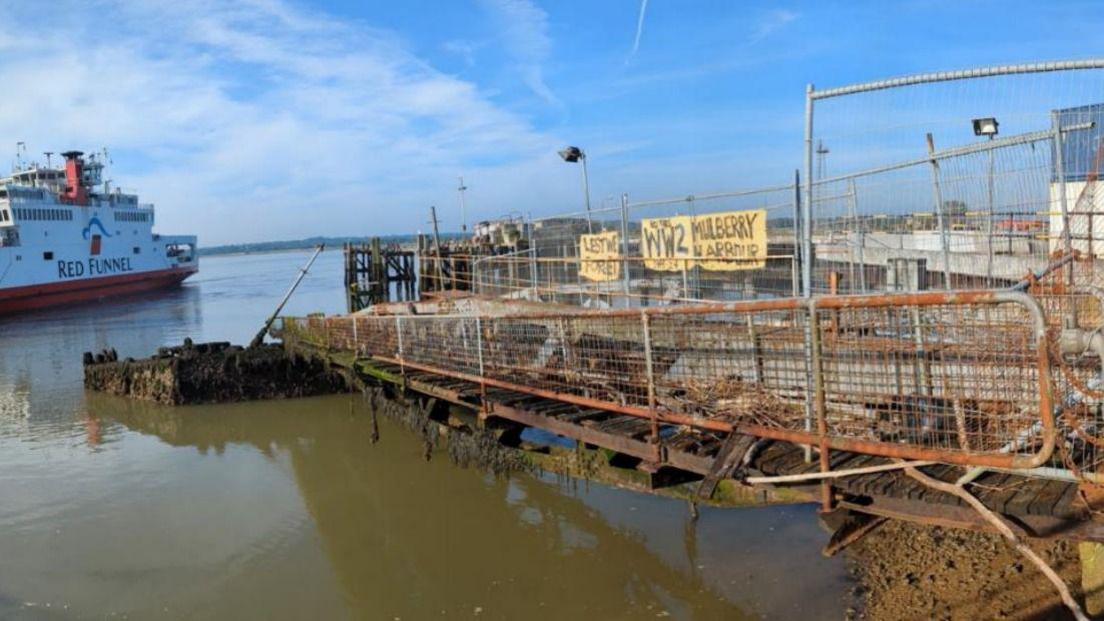Submerged D-Day Mulberry Harbour recovered at port
The D-Day pontoon filmed by the Solent Ships webcams being lifted out of the water at Southampton's Town Quay during the night
- Published
A piece of D-Day history which has been semi-submerged in water for decades has been recovered overnight.
The flexible roadway section of a World War Two Mulberry Harbour - known as a "whale"- was lifted out by cranes at Town Quay in Southampton.
Associated British Ports (ABP) removed the Grade II listed structure from the east of Royal Pier.
After being transported to Marchwood Military Port it will be restored and then placed on display at the entrance to Solent Gateway Limited.
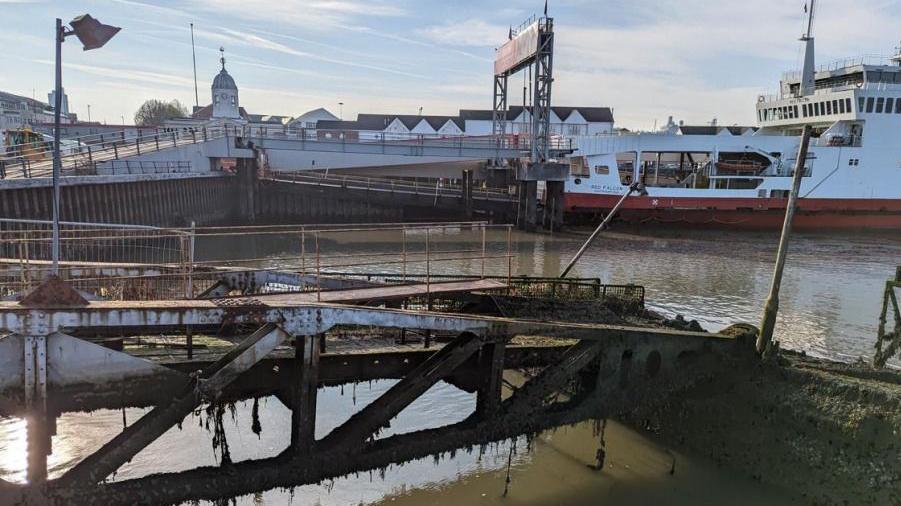
The sunken buffer pontoon had been inaccessible to the public
ABP's work to move the structure was approved by Southampton City Council and New Forest District Council.
The Mulberry harbours were designed to be portable to allow the rapid offloading of cargo onto beaches during the Allied invasion of Normandy in June 1944.
The whale section in Southampton was listed by Historic England in 2017 due to its connection to Operation Overlord and its status as a "rare surviving" example of its type.
The only other known examples to have survived are two sunken in the water off Selsey Bill in West Sussex and one at the Imperial War Museum in Duxford.
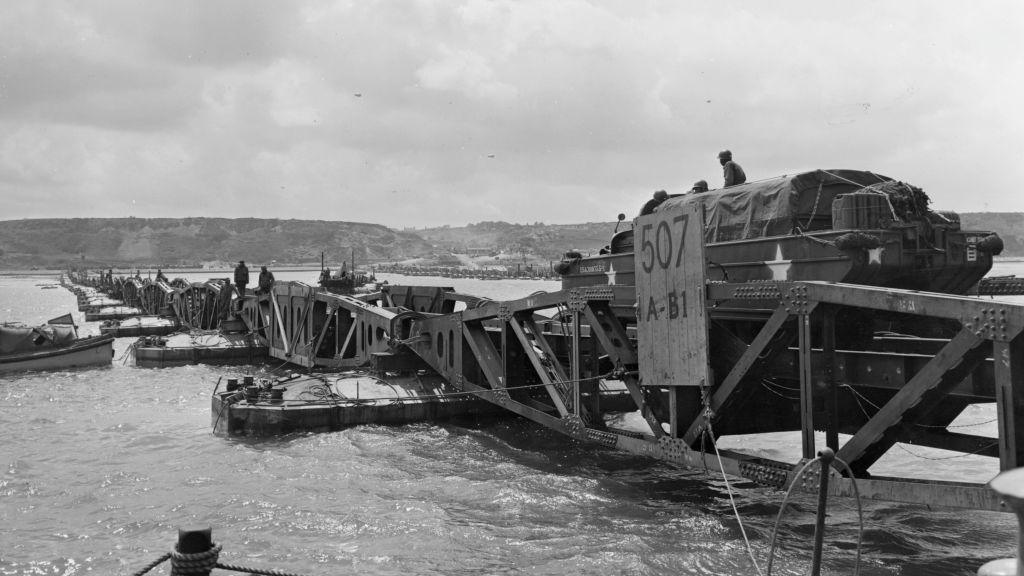
The structures were used by the allies during D-Day
Marchwood was one of the two Royal Engineer depots to assemble Whales in the latter years of the war.
The Southampton Whale and buffer pontoon were installed at Royal Pier in 1950 and today, only one of its two original sections remain.
When it is displayed at the military port it will be fully accessible to the public along with information boards explaining a piece of local history.
Get in touch
Do you have a story BBC Hampshire & Isle of Wight should cover?
You can follow BBC Hampshire & Isle of Wight on Facebook, external, X, external, or Instagram, external.
- Published30 January
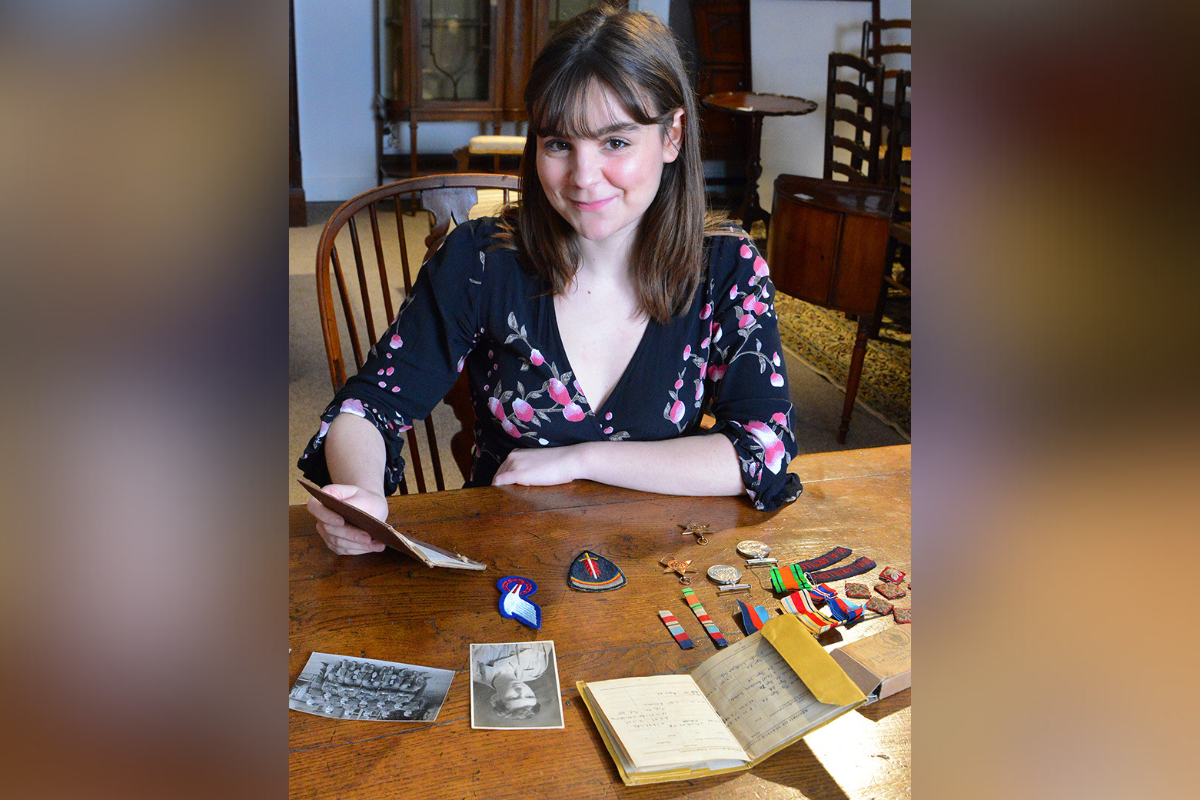
- Published11 September 2024
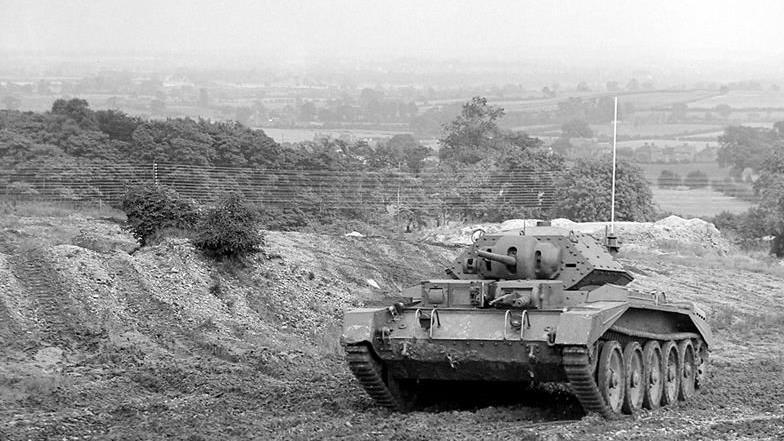
- Published27 October 2022
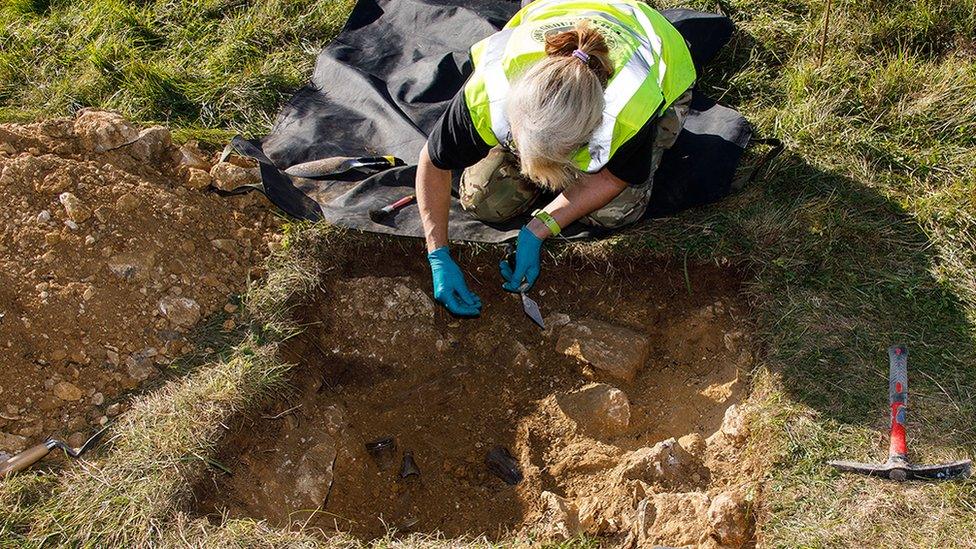
- Published12 March
